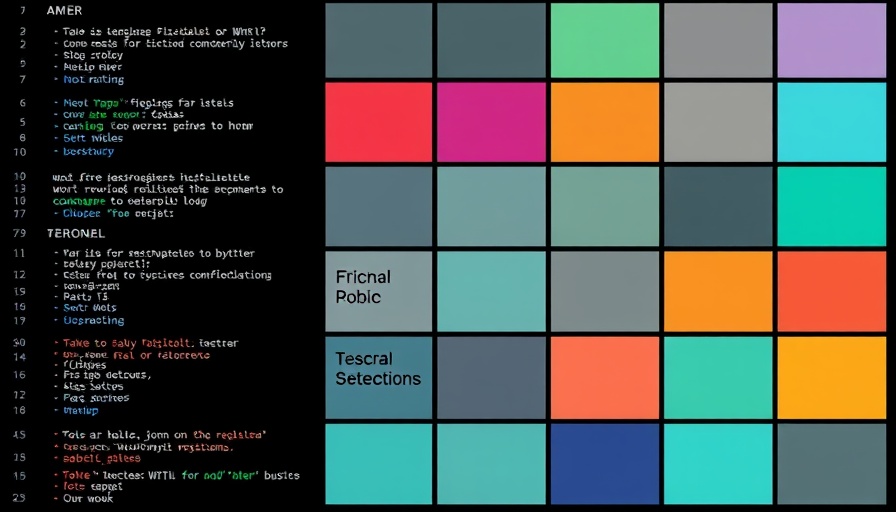
The Power and Potential of Peer-to-Peer Energy Grids
The conversation surrounding energy grids often lacks clarity, as the term 'grid' can refer to vastly different systems. While the traditional centralized grid has dominated for over a century, the emergence of decentralized, peer-to-peer energy grids is revolutionizing how energy is produced, traded, and consumed. This new structure is not only about the distribution of electricity but also about empowering communities and fostering resilience.
Understanding the Dual Nature of Grids
The concept of a 'grid' embodies two contrasting systems. One is the centralized grid managed by utility companies, where energy is transmitted from large sources to consumers. This structure can create vulnerabilities, as entire regions may be dependent on the performance of centralized units. The other is the decentralized, peer-to-peer grid, where individuals and small entities generate, share, and utilize energy more freely. This model empowers users and fosters local economies, promoting a cooperative approach to energy production.
The Rise of Decentralized Grids: Trends and Benefits
A major aspect of the shift towards decentralized energy is the integration of renewable resources such as solar power. The cost-effectiveness and efficiency of solar technology have made it possible for individuals, especially in underprivileged regions, to access electricity. This democratization of energy underscores the potential of decentralized systems to bring power to those who previously lacked it, significantly improving their quality of life.
Lessons from Resilience in Local Energy Markets
Research conducted has highlighted the benefits of decentralized grids, particularly in their resilience. A study using Leontief's Input-Output model demonstrated that decentralized energy systems are less vulnerable to disruptions such as extreme weather conditions, hackers, or technical failures. When one component fails, decentralized structures allow other systems to maintain their function, thereby reducing the risk of widespread outages.
Impact on Small and Medium-Sized Businesses
For small and medium-sized businesses, peer-to-peer energy grids present compelling advantages. By engaging in energy trading, businesses can reduce their operational costs and foster collaboration with their local ecosystems. Adopting decentralized grids also aligns with sustainability goals, enabling companies to highlight their commitment to renewable energy solutions, which is increasingly important in today’s market.
Future Predictions: The Role of Technology
As blockchain technology continues to evolve, it may play a significant role in advancing peer-to-peer energy trading. This technology can enhance security and transparency, enabling direct transactions among users without a central authority. Furthermore, innovations in artificial intelligence and machine learning could help optimize energy distribution within communities, leading to more efficient energy usage.
Engaging Communities through Energy Democracy
The concept of energy democracy is central to the success of decentralized grids. By involving communities in energy production and decision-making, individuals become stakeholders in their energy resources. This engagement fosters a sense of ownership and accountability, leading to a greater commitment to sustainability and collective wellbeing.
Conclusion: Towards a Brighter Future
The transition from centralized to decentralized energy systems represents a fundamental shift in how society approaches energy. Embracing peer-to-peer grids can lead not only to enhanced energy resilience but also to more engaged and sustainable communities. As technology advances and collective awareness grows, the potential for such systems to thrive becomes increasingly attainable.
For small and medium-sized businesses looking to integrate these innovative energy solutions, now is the opportune time to engage with emerging technologies and join the movement towards a decentralized energy future.
 Add Row
Add Row  Add
Add 



Write A Comment